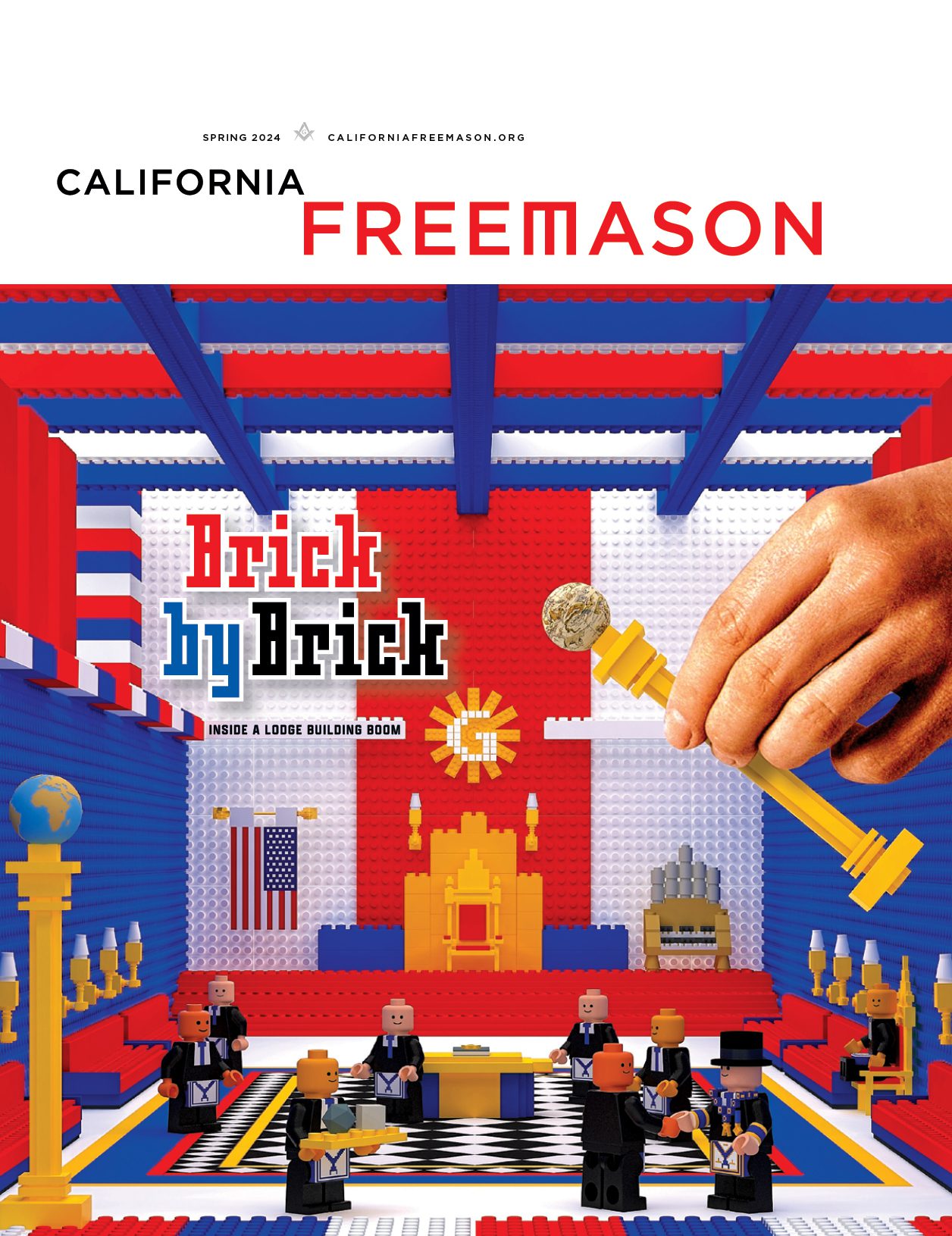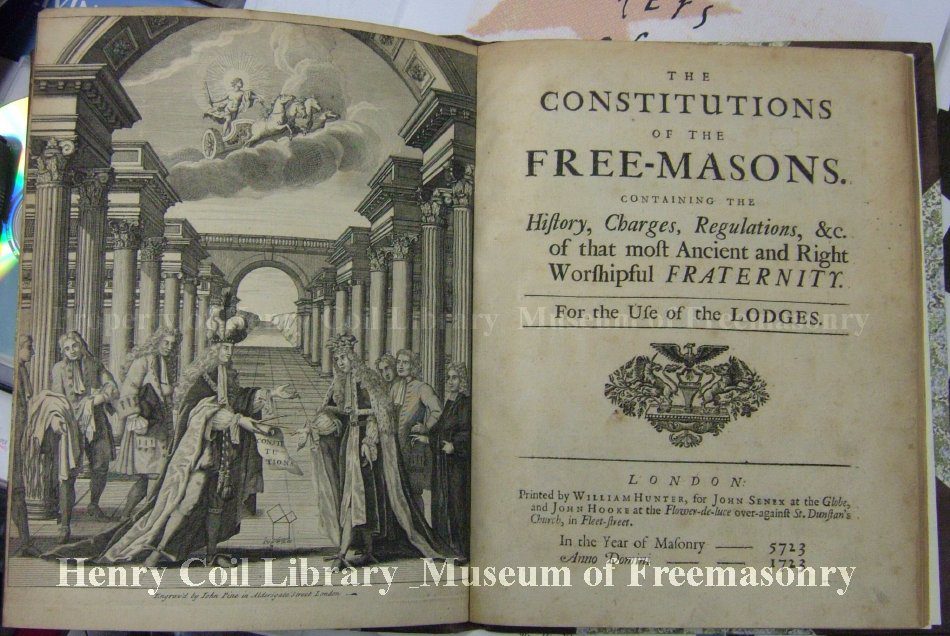Masonic Education
Why Is St. John the Patron Saint of Freemasonry?
Saint John the Baptist and John the Evangelist are known as the patron saints of Freemasonry. But why?
By John L. Cooper, PGM
Freemasonry has many unexplained mysteries in its ritual, one of which is the reference to the “Holy Saints John.” It comes in the monitorial lecture of the Entered Apprentice degree. Candidates are told that Masonic lodges are dedicated to Saint John the Baptist and Saint John the Evangelist. Together, they represent the patron saints of Freemasonry.
To this day, Masons all around the world continue to recognize these two figures as the patron saints of Freemasonry. In fact, the closest thing we have to a Masonic holiday are the feast days of the two saints. St. John the Baptist’s feast day is celebrated in the summer (June 24), and St. John the Evangelist’s is in winter (December 27). Masons and Masonic lodges mark these days with their own celebratory dinners or other events. They are two of the most important dates on the fraternal calendar.
The reasons for this connection go back centuries—and remain shrouded in mystery. What we know for certain is that it isn’t strange that there would be a patron saint of Freemasonry. During the Middle Ages in England and Scotland, many societies and guilds were dedicated to a particular saint. That figure received special devotion from the members of the society, and, in turn, he would offer its members special protection and favor.

St. John, the Patron Saint of Freemasonry
In the calendar of the medieval church, there were two saints named John who were associated with Jesus.
One was the “forerunner” of Jesus, John the Baptist. The other was the apostle John, the brother of James. He is commonly known as John the Evangelist because of his supposed authorship of the Gospel of John in the New Testament. At some point, these two saints became known as the patron saints of Freemasonry. When and where that happened remains a mystery.
Now, Freemasonry isn’t and has never been a religious organization. It has always been open to members of all religions and faiths. However, the world into which it was born, in Enlightenment-era Europe, was a largely Christian one. As a result, many of the symbols of Freemasonry reflect Christian iconography—including the connection to the two Saint Johns in Freemasonry.
Duality and the Two Saint Johns
From the Masonic perspective, we can understand the balanced dualism of John the Baptist on one side and John the Evangelist on the other. Together, they represent two sides of a coin: the passionate zeal of the baptist and the knowledge of faith of the apostle. A Masonic lodge dedicated to the two patron saints of Freemasonry can be seen as a space to both reflect on and channel our passion. Taken as an abstract compilation of symbols, they represent a well-balanced path toward enlightenment. Even more, their feast days are closely associated with the summer and winter solstice—underscoring the symbolic duality of the two figures.
But why are St. John the Evangelist and St. John the Baptist associated with Freemasonry in the first place? How did they become the patron saints of Freemasonry? Masonic scholars claim that the custom came from the practice of new Masons taking their obligations on a Bible opened to the first chapter of the Gospel of John. The “John” who was the supposed author of that gospel was, of course, John the Evangelist.
St. John Masonry
The opening words of the Gospel of St. John are:
“In the beginning was the Word, and the Word was with God, and the Word was God.”
We know that in the 17th and 18th century, the “Mason Word” was a very important secret given to the newly obligated Mason.
The “Mason Word” gave members of the fraternity access to all the privileges of Freemasonry. For “operative” stonemasons, that included access to work. The Gospel of St. John may have been chosen for the obligation because of the symbolic connection between the “Mason Word” and the “Word” in the opening verse of the gospel.
This connection was so important that Masons in that era were sometimes referred to as “St. John’s Masons.” In some tilers’ registers from the 18th century, visitors would put “St. John’s Mason” after their name. From that, we can extrapolate that the connection to the “Holy Saints John” in the Masonic ritual originated with St. John the Evangelist. And we can assume that the reference to St. John the Baptist as the second patron saint of Freemasonry came later. None of this can be proven, of course.
These “St. John’s Masons” did not leave us any records about why they adopted that name, or why they adopted the two Johns as the patron saints of Freemasonry. But I think this is as good a guess as any.
St. John’s Day — June 24, 1717
On this day in 1717, the first, official Grand Lodge of Freemasons was formed in London, England, known as the Premier Grand Lodge of England. It was later unified with the Antients Grand Lodge in 1813 to become the United Grand Lodge of England.
The Feast of Saint John’s Day is recognized across many cultures. In this informational post from Isagani Masonic Lodge No. 96 of the Grand Lodge of the Philippines, the “Festival of St. John should serve as a renewal and strengthening of fraternal ties and a celebration of Masonry from olden-times. It functions as a connection between the past and the future.”
PHOTOGRAPHY CREDITS:
Courtesy of Henry W. Coil Library & Museum of Freemasonry
Wikipedia

